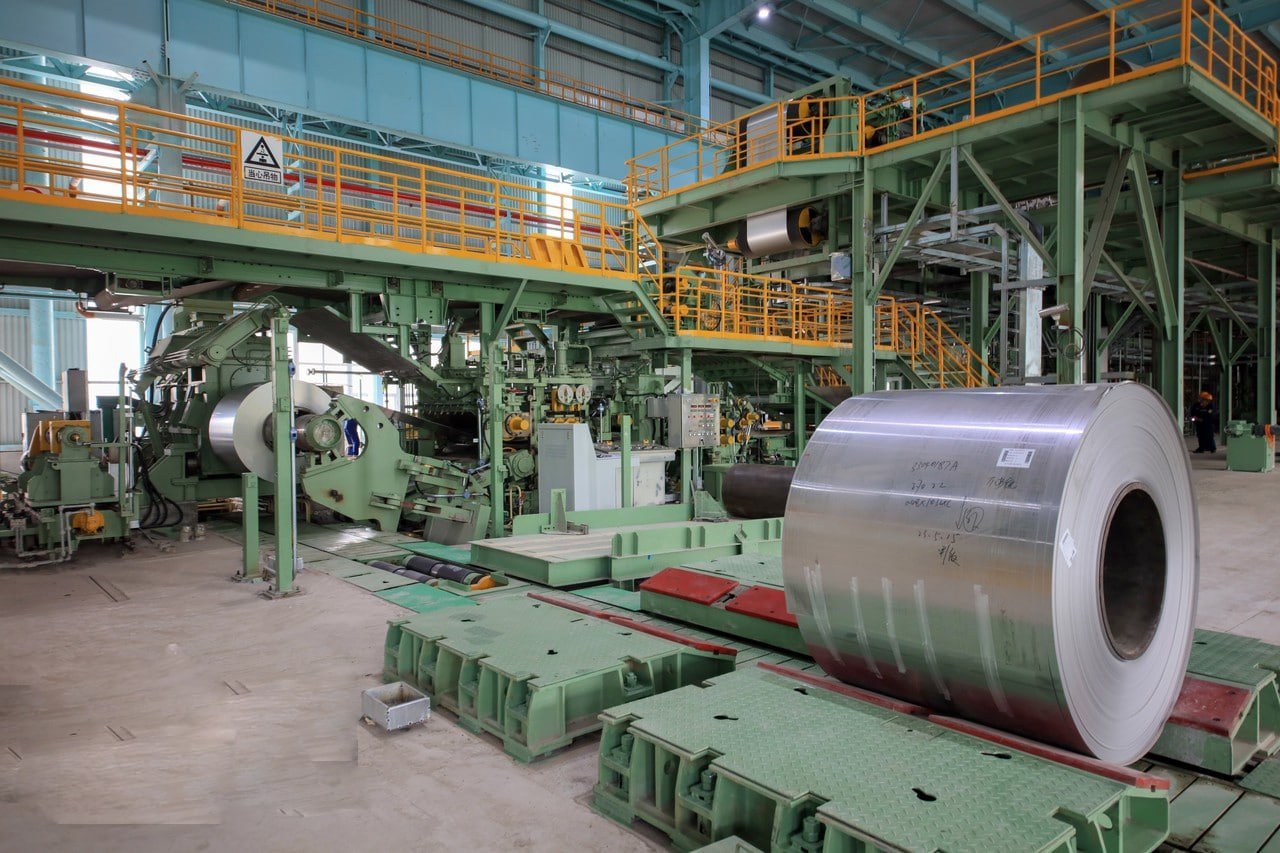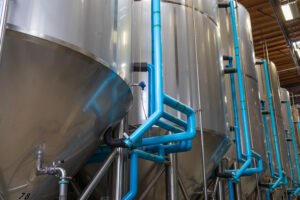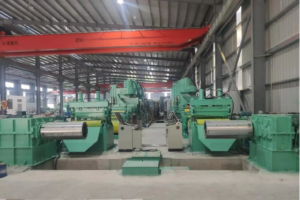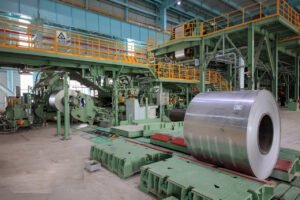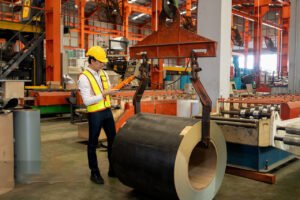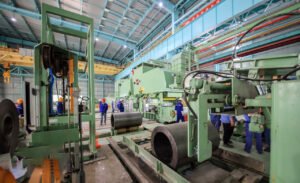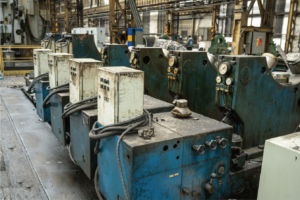What Is the Difference Between 304 and 316 Stainless Steel?
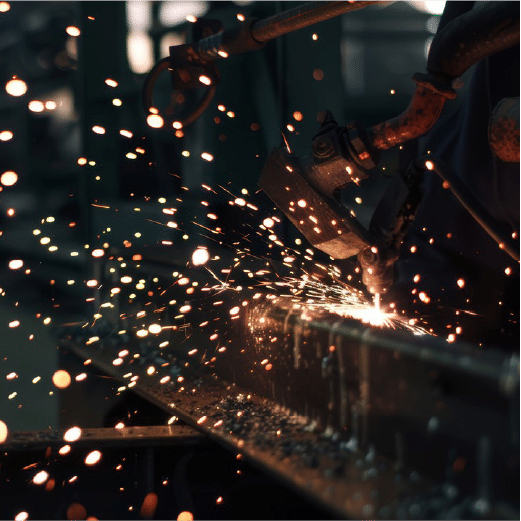
In my 15 years of manufacturing stainless steel, I've helped countless customers navigate the choice between 304 and 316 grades. The difference between these grades can mean the success or failure of your project.
The main difference between 304 and 316 stainless steel lies in their chemical composition, particularly the addition of 2-3% molybdenum in 316, which provides superior corrosion resistance in harsh environments1, especially against chlorides.
Through my experience managing a stainless steel production facility, I've seen how choosing between these grades impacts project outcomes. Let me share insights from thousands of applications to help you make an informed decision.
Understanding these differences is crucial for project success. I've witnessed both costly failures from incorrect grade selection and significant cost savings from choosing the right grade for specific applications.
How Do the Chemical Compositions of 304 and 316 Stainless Steel Differ?
Having overseen the production of both grades, I can explain the crucial compositional differences that define their performance characteristics.
The key compositional difference is that 316 contains 2-3% molybdenum and slightly higher nickel content (10-14%) compared to 304's 8-10.5% nickel, while both maintain similar chromium levels around 18%.

Detailed Composition Comparison
| Element | 304 Grade | 316 Grade | Impact on Properties |
|---|---|---|---|
| Chromium2 | 18-20% | 16-18% | Base corrosion resistance |
| Nickel3 | 8-10.5% | 10-14% | Structural stability |
| Molybdenum4 | - | 2-3% | Enhanced corrosion resistance |
| Carbon | ≤0.08% | ≤0.08% | Strength and weldability |
| Manganese | ≤2% | ≤2% | Processing aid |
Key Compositional Effects
-
Primary Elements Impact:
- Molybdenum's unique role in 316
- Higher nickel content benefits
- Chromium baseline protection
- Carbon control importance
- Trace element influences
-
Property Relationships:
- Corrosion resistance correlation
- Structural stability factors
- Mechanical property impacts
- Processing considerations
- Cost implications
What Makes 316 Stainless Steel More Corrosion-Resistant Than 304?
Through extensive laboratory testing and field observations, I've documented significant performance differences between these grades.
316's superior corrosion resistance comes from its molybdenum content and higher nickel percentage, providing up to 4 times better resistance to pitting corrosion5 and significantly better performance in chloride-rich environments.

Corrosion Resistance Comparison
-
Pitting Resistance:
- 316: Enhanced by molybdenum
- 304: Standard resistance
- 316: Higher PREN value
- 304: Lower PREN value
-
Chemical Resistance:
- 316: Broader chemical compatibility
- 304: Good general resistance
- 316: Better acid resistance
- 304: Limited in aggressive media
Performance Data
| Environment Type | 316 Performance | 304 Performance | Improvement Factor |
|---|---|---|---|
| Marine | Excellent | Fair | 3-4x |
| Chemical | Superior | Good | 2-3x |
| Acidic | Better | Good | 2x |
| Industrial | Excellent | Very Good | 1.5x |
In Which Applications Is 304 Stainless Steel Preferred Over 316?
Based on my experience with thousands of applications, I can identify where 304 offers the optimal balance of performance and cost.
304 stainless steel is preferred in general-purpose applications where chloride exposure is limited, such as food processing equipment6, kitchen appliances, and architectural applications, offering excellent performance at a lower cost.

Optimal 304 Applications
-
Food & Beverage Industry:
- Processing equipment
- Storage tanks
- Kitchen equipment
- Brewing vessels
- Dairy equipment
-
Architecture & Construction:
- Interior fixtures
- Railings
- Wall panels
- Elevator cladding
- Decorative elements
-
General Manufacturing:
- Heat exchangers
- Storage containers
- Process equipment
- Ventilation systems
- Transport containers
Cost-Benefit Analysis
-
Economic Advantages:
- 20-30% lower material cost
- Wider availability
- Easier fabrication
- Lower maintenance
- Good resale value
-
Performance Benefits:
- Excellent general corrosion resistance
- Good formability
- Easy cleaning
- Attractive appearance
- Reliable performance
Why Is 316 Stainless Steel Better Suited for Marine and Harsh Environments?
My experience with marine and chemical processing applications has shown 316's clear advantages in demanding conditions.
316 stainless steel's molybdenum content and higher nickel percentage provide superior resistance to chloride attack7, making it ideal for marine environments and aggressive chemical processing applications.

Environmental Performance
-
Marine Applications:
- Superior saltwater resistance
- Better atmospheric corrosion resistance
- Enhanced pitting resistance
- Improved crevice corrosion resistance
- Better stress corrosion cracking resistance
-
Chemical Processing:
- Broader chemical compatibility
- Higher temperature capability
- Better acid resistance
- Improved wear resistance
- Enhanced fatigue properties
Long-term Benefits
Based on field performance data:
- 3-4x longer service life in marine environments
- 50% reduction in maintenance costs
- Higher reliability in critical applications
- Better resale value
- Lower lifecycle costs
How Do the Costs of 304 and 316 Stainless Steel Compare and Affect Material Selection?
Through years of procurement and customer consultation, I've developed a clear understanding of the cost-benefit relationship between these grades.
316 stainless steel typically costs 25-30% more than 304 due to its higher nickel content and molybdenum addition, but often provides better long-term value in demanding applications through extended service life and reduced maintenance.

Cost Comparison Factors
-
Initial Investment:
- Material costs
- Fabrication expenses
- Installation requirements
- Certification needs
- Tooling considerations
-
Lifecycle Costs:
- Maintenance requirements
- Service life expectancy
- Replacement frequency
- Downtime costs
- Insurance implications
ROI Analysis
| Factor | 304 Grade | 316 Grade |
|---|---|---|
| Initial Cost | Base | +25-30% |
| Service Life | 10-15 years | 15-25 years |
| Maintenance | Regular | Minimal |
| Replacement | More frequent | Less frequent |
| Overall Value | Good | Excellent |
Conclusion
From my extensive experience in stainless steel manufacturing, the choice between 304 and 316 depends on your specific application requirements, environment, and budget considerations. While 304 offers excellent general-purpose performance, 316's superior corrosion resistance makes it the better choice for demanding environments despite its higher cost.
-
Learn how molybdenum improves resistance to chlorides in 316 stainless steel ↩
-
Understand chromium's contribution to corrosion resistance in stainless steel ↩
-
Discover nickel's impact on the structural stability of stainless steel ↩
-
Explore molybdenum's role in enhancing corrosion resistance in 316 grade ↩
-
Learn about pitting corrosion and its prevention in stainless steel ↩
-
Find out why 304 grade is ideal for food industry applications ↩
-
Understand the impact of chlorides on stainless steel and how 316 resists it ↩
Have Questions or Need More Information?
Get in touch with us for personalized assistance and expert advice.
